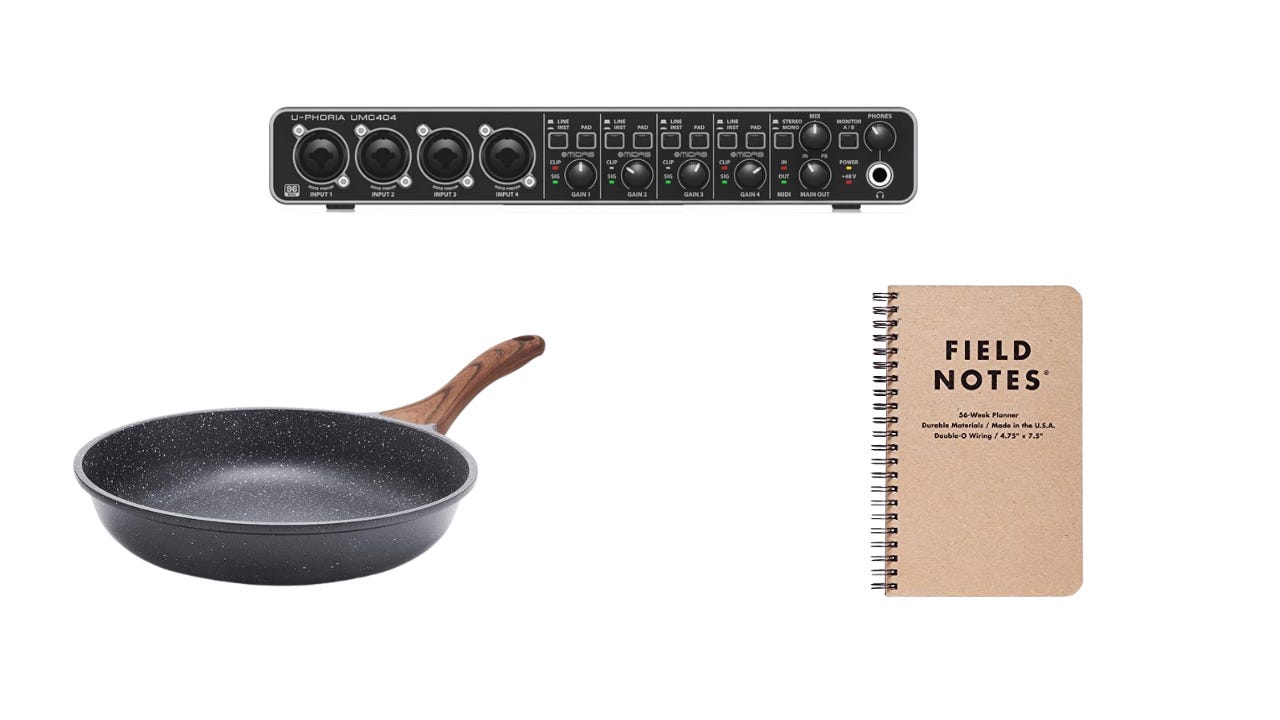Sahara Overland
The bilble of Sahara travel
The Sahara is a desert as large as the United States filled with emptiness, ancient cultures, and natural wonders. America has its own recreational deserts in the west, but for Africa and Europe, the Sahara is where you go to test yourself. This book, now in its second edition, has emerged as THE source for getting into the deep Sahara and back, alive and in good spirits. It is uncommonly thorough and immensely practical. It covers the kinds of vehicles and supplies you need, runs along possible itineraries and dangers, and anticipates most of the questions you might have. No stone is left unanswered. The book is a brick — a great big fat bible stuffed with precious overland Sahara lore, hard won by hundreds of trips and mistakes of others. There are not many travel books (or destinations) quite like this one.*
Another problem with guides arises when you want to take them away from their prescribed routes. Nervousness about the condition of their own vehicles can play a part, but guides also feel secure following their time-worn ‘tram lines.’ They can get distinctly edgy when asked to go into areas they don’t know or which will push their vehicles hard. The fact that you have a guidebook full of proven GPS points may not necessarily make them feel any better. I’ve seen one driver (admittedly not the guide) literally freak out at the thought of heading into the dunes, grabbing a wheel brace and all the cars’ keys, yelling ‘we’re all going to die!’
*
Tyre pressures
The first-time desert driver quickly learns the huge difference very low tyre pressures make to driving in soft sand. As Ralph Bagnold discovered nearly eighty years ago while drivng a truck into the Great Sand Sea: “Prendergast let more air out of his lorry wheels so that the pressure was only 15 psi instead of 90. The result was marvellous. The lorry sailed along”
*
It’s possible to arc weld off two (or better still three) 12-volt batteries attached in series making 24/36 volts and plenty enough amps (home arc-welding machines produce about 30-40 volts). A jump lead attached to a pair of Mole grips can hold a welding rod and bits of thick cable or wire can join the batteries if necessary. Take the batteries right out of the car and if unsealed protect them from sparks (batteries produce explosive gas) and prepare the welding area well. It’s not going to do your batteries much good in the long term so is best for emergencies only, but I’ve seen a broken chassis repaired with battery welding.
*
*
At this point, you may want to try asking someone… A lot depends on how you ask. Don’t pre-suggest by pointing and asking ‘Is this the way to Madame Tussaud’s?’. Instead ask ‘Which way to Madame Tussaud’s?’ but don’t point. It won’t guarantee a correct answer but will avoid the tendency to nod affirmatively to please or to get rid of someone. Although you may be steaming from the ears by this stage, remember to be polite and, as with all exchanges in Africa, start with greetings and handshakes. Avoid showing maps – depending on where you are, only tourists use and understand these – but drawing a mud map in the dirt or in the dust on your bonnet can be useful.
Excerpt
A final word about guides: you need them, but do not rely on them. They will tell you that lots of things are impossible. That generally means that they cannot be bothered to do them. They tend to be highly conservative people, who resent being diverted from their usual routes and routines. Do not trust their navigation. If you leave your compass and GPS at home because you are in the hands of a local, you are being very foolish. Try to use guides who have been recommended to you by previous expeditions. And (of course) on no account pay them everything up front.
*
An old adage advises that you should never camp in a oued because flash floods from distant rains could rip through your camp causing havoc. Some sources have even claimed that 'more people have drowned in the Sahara than died of thirst' - about as likely as more people dying of thirst than drowning at sea, or freezing to death in the Antarctic. In Morocco, where run-off from the Atlas can be frequent, steep and fast, this warning is valid in certain seasons but in the deep Sahara, oueds often offer some welcome tree shade or vegetated wind breaks, as well as soft sand rather than gravel. Obviously if there are dark clouds in the sky keep to the high ground wherever you are, but dangerous flash floods are only a real danger in mountain areas, and by the time they get to the plain they're all but spent.
*
People get nervous about carrying a wad of money abroad but good old-fashioned cash is a readily changeable and local currency is what talks loudest in the Sahara. Unless you expect to be visiting large cities or capitals, travellers' cheques are of little use. Despite what you're told, the promise of speedy replacement of stolen cheques requires a phone call - itself a rather tall order in most of the Sahara. Don't rely on cashing travellers' cheques in the Sahara.
It may look drastic, but the only way is to drag this car down to more level ground where it can be pulled back onto its wheels. Within an hour it was running just as before.
Sahara Overland: A Route and Planning Guide Chris Scott 2005, 688 pages $32







